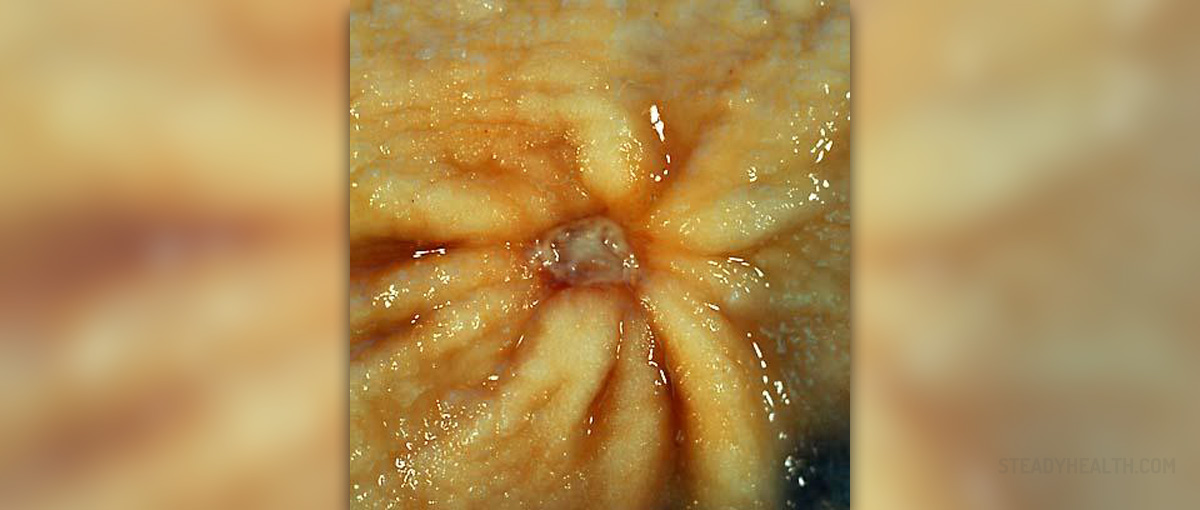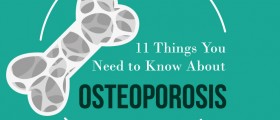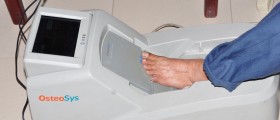
Fibrous cortical defect is a medical condition also known under the names nonossifying and nonosteogenic fibroma. This is actually a benign tumor that forms inside the bones and represents the most common bone lesion in children. It is estimated that benign fibrous cortical defect affects 30-40% of children, predominantly adolescents.
Fibrous cortical defect is by majority of experts considered a developmental abnormality rather than benign neoplasm. It is generally identified accidentally, when X-ray is performed in other purposes. In spite of being classified as benign, these developmental abnormalities may, sometimes, cause pathological fractures. Benign fibrous cortical defect occurs as isolated lesion or may affect multiple bone sites.
What Causes Fibrous Cortical Defect?
The actual cause of fibrous cortical defect remains unknown. This abnormality develops as a result of proliferation of benign fibrous tissue. It may be that proliferation occurs due to some periosteal injury or is associated with abnormalities of the epiphyseal plate.
What is known is that the lesion remains for about 29-52 months. After that spontaneous resolution may occur. This is why in many adolescents fibrous cortical defect eventually disappears.
Clinical Characteristics of Fibrous Cortical Defect
The condition is generally asymptomatic. Pain and discomfort may occur, although rarely. The bone abnormality affects long bones mostly (e.g. the femur and tibia). It is also possible to be found in the vertebrae, clavicle and bones of the upper extremities. If there are multiple bone lesions accompanied by café au lait spots, numerous nevi, hypogonadism as well as mental retardation, cardiovascular and eye abnormalities the child is most definitely suffering from Jaffe-Campanacci syndrome.
When it comes to diagnosing, fibrous cortical defects may be hard to differentiate from other bone lesions in case of pain and swelling of the surrounding tissues.Treatment for Fibrous Cortical Defect
Because typical location as well as appearance helps doctor set the definitive diagnosis, these benign lesions are left untreated. Treatment is only required if there is a higher risk for pathologic fracture.
When it comes to deciding whether the patient needs to be treated and how, doctors always take into consideration the following:lesions which affect more than 50% of the transverse diameter of the affected boneprogression of the lesion and onset of symptoms (pain, discomfort etc.)the very location of the lesion which may be a great contributing factor to a pathologic fracture of the affected bone If the patient eventually develops pathological fracture, he/she must undergo surgical correction. The only contraindication for surgical procedure is a lesion located near an open physis. In time this defect will migrate away from the physis of the bone and the overall risk regarding damage to the growth plate will reduce.

















Your thoughts on this
Loading...